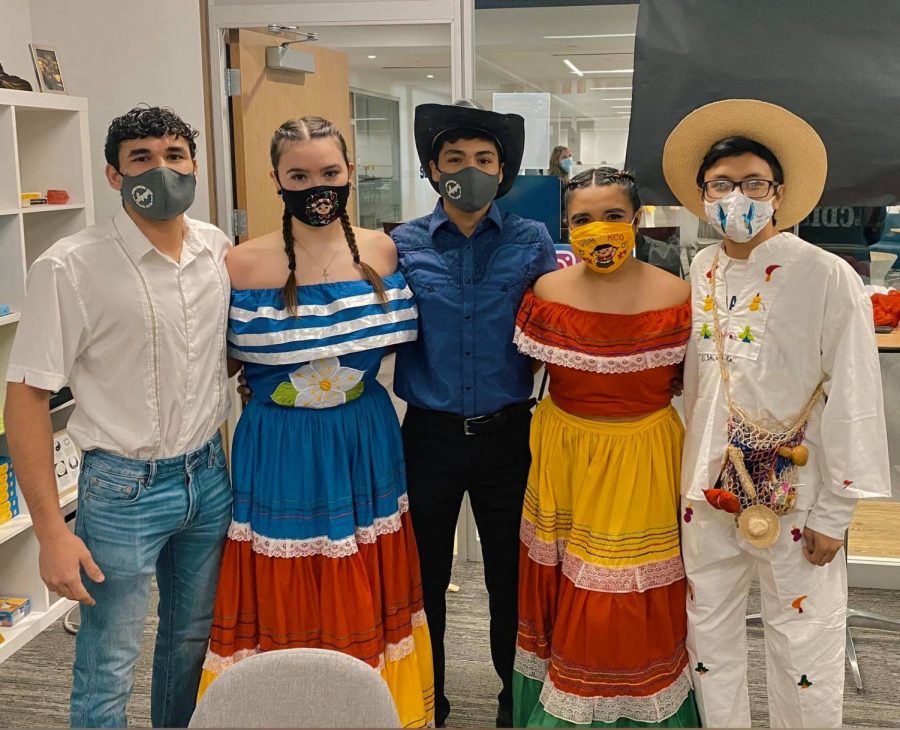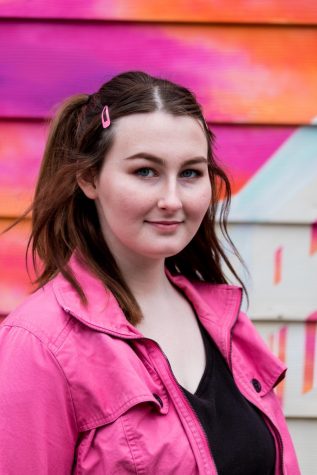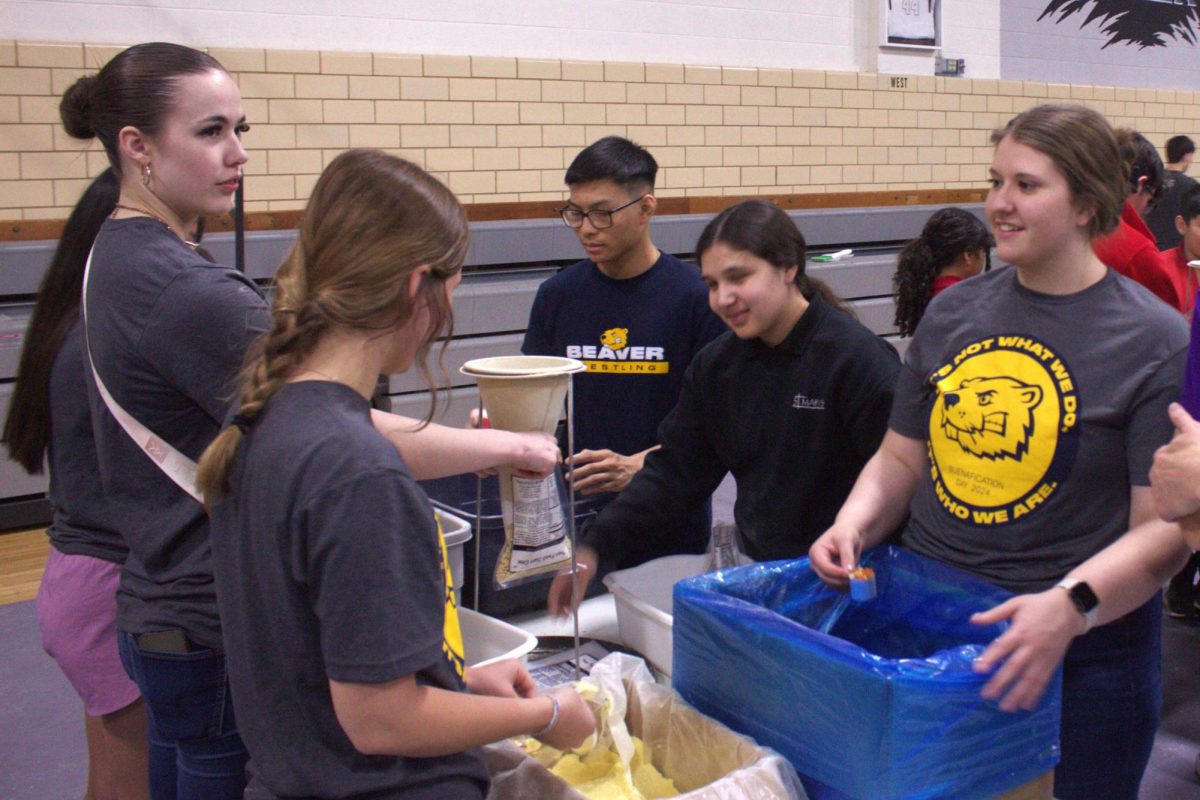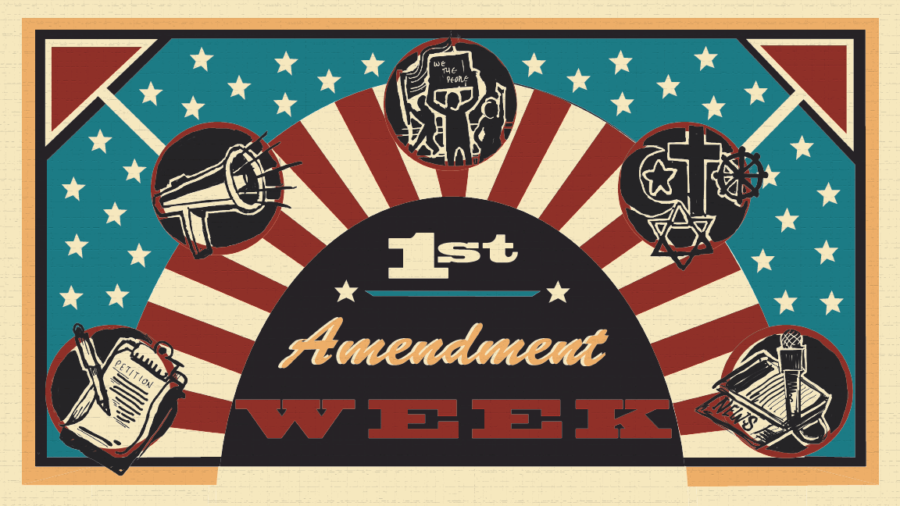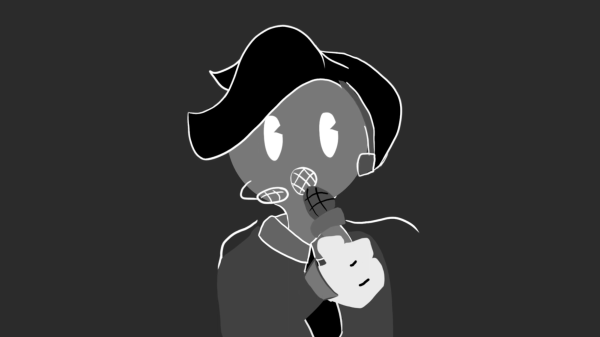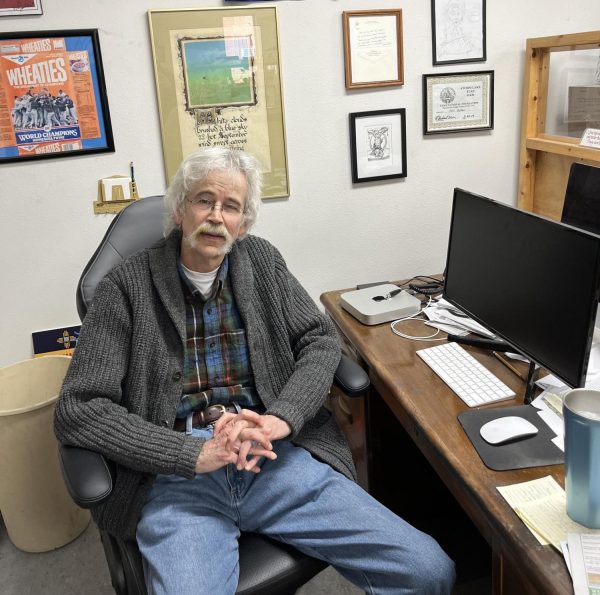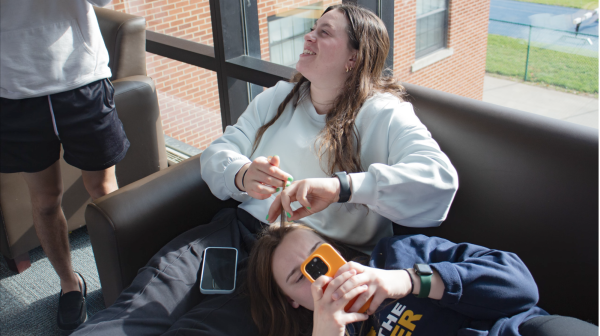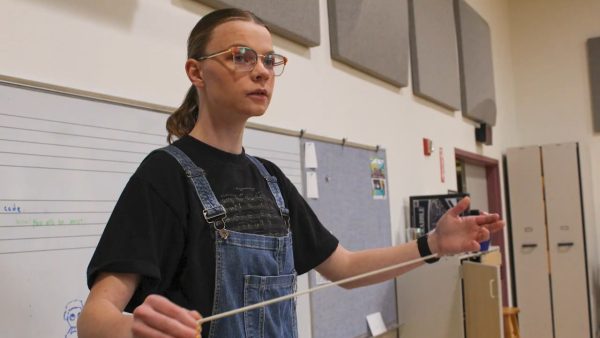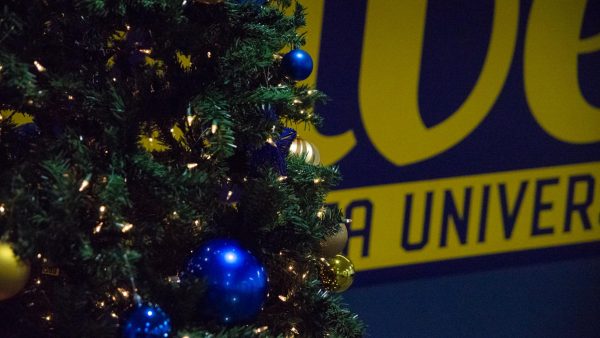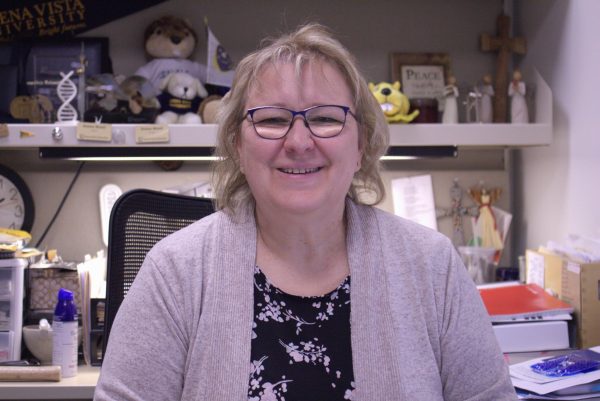Exhibiting Culture in Walking Museum
Diversity and Inclusion Week
November 19, 2020
As students walked to and from their classes last Wednesday, November 11, a few stuck out. Celebrating the third day of Diversity and Inclusion Week, junior Matthew Marroquin and sophomore Alondra Melendez, along with other members of Raíces, wore traditional garments that represented their culture.
Marroquin was dressed head to toe in traditional Salvadorian attire. Explaining the significance of the outfit, he mentioned that since Salvadorians are known to travel a lot in Central America, which is why the clothing is light and white. It would also typically be worn at festivals, parades, and various other events, especially ones where dancing is involved.
Melendez also displayed her culture through the way she dressed. Similar to Marroquin, the traditional Hispanic outfit she wore was a flowy dress called a huipil, which is commonly worn by those who love to dance. By wearing the dress, she reinforced the goal of the event, which was all about showing a visual example of different cultures.
“We wanted to represent our culture and bring a little piece of home to BV,” Melendez said. “For me and a lot of other people, their culture is something that’s special to them and it’s something that not a lot of people know about. It’s an even bigger impact when they can see it in person on someone, they know instead of explaining it to them or showing them a picture.”
While some participating members found success in educating their peers through what they were wearing, Marroquin noted that there was less interaction than he anticipated.
“Most students just look at me funny for a second then continue walking,” Marroquin said. “I try to stop them and ask why they’re looking at me to start the conversation. I thought there would be more students coming up to me and asking me directly, but it ended up having to be me going up to the students and tell them what I’m wearing.”
Despite a variation in the amount of people questioning the dressed-up students, Melendez was optimistic about the outcome. She hopes this event will spark more opportunities to show off her culture in the future.
“If we’re able to do this again, it would be cool to incorporate food and maybe even have more people dress up,” Melendez said. “There are so many different ethnicities and nationalities that encompass Hispanics and Latinos. It would be cool to get as many as possible, so everyone is represented.”



